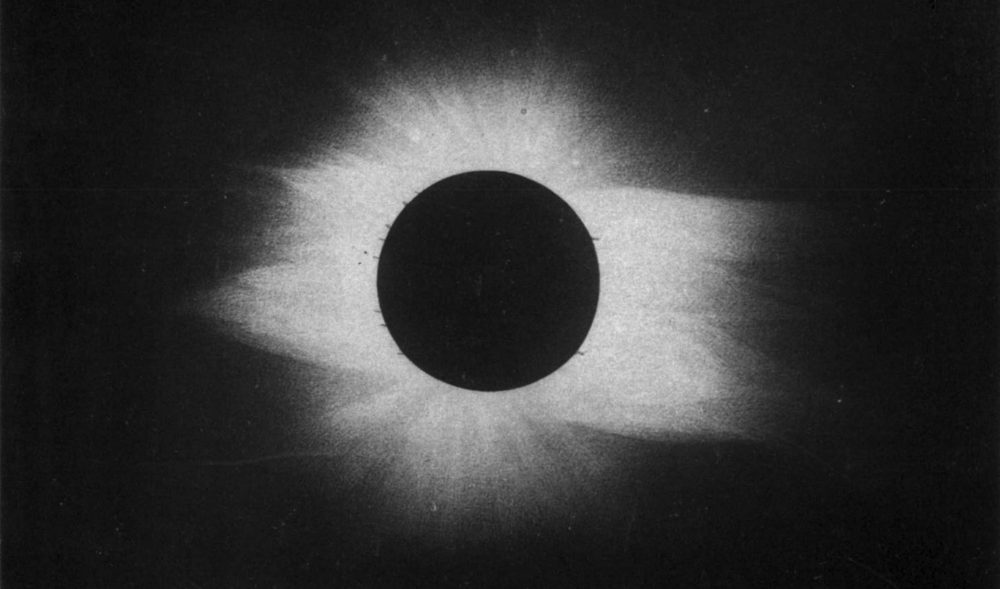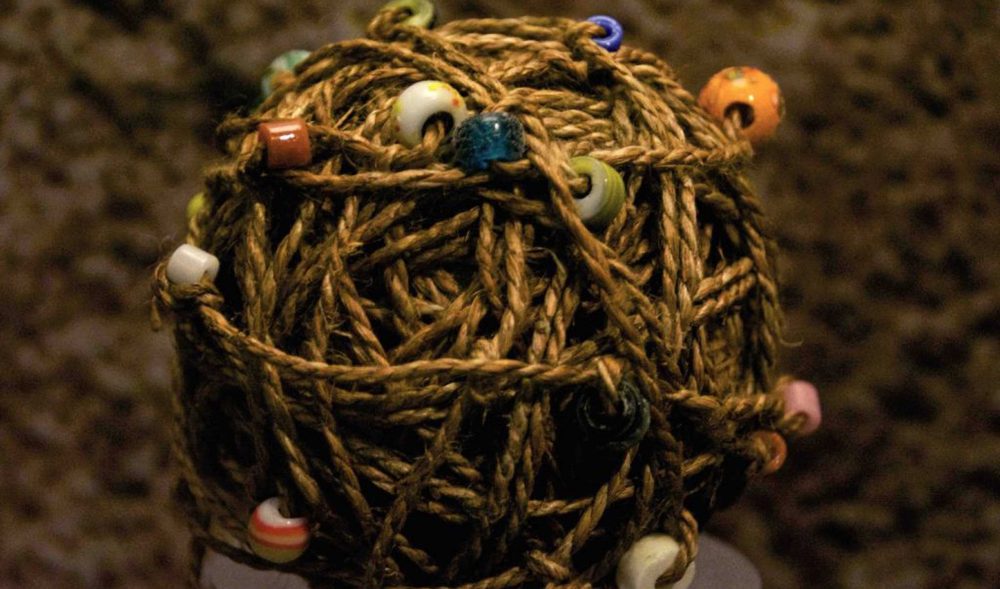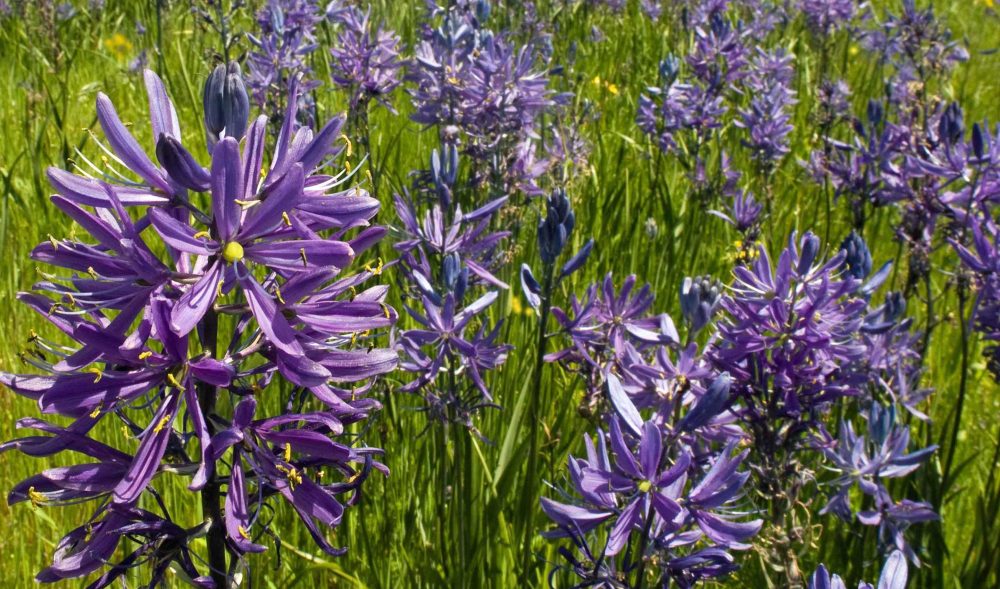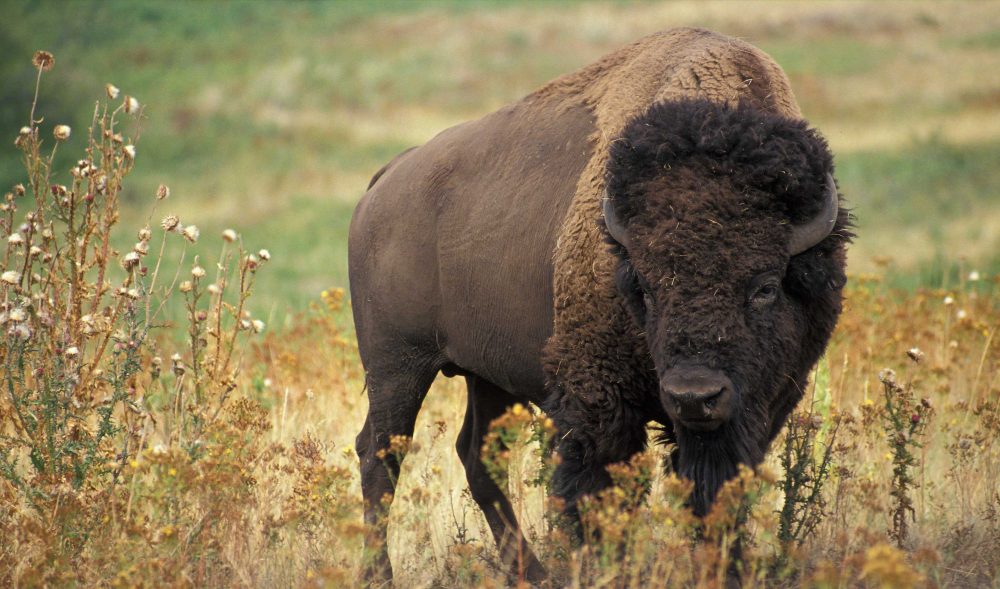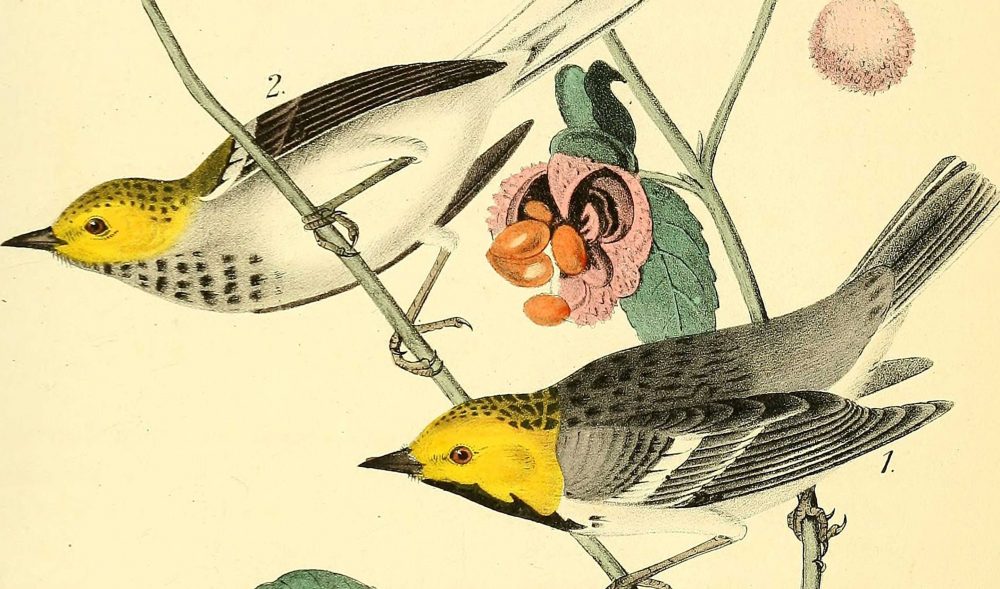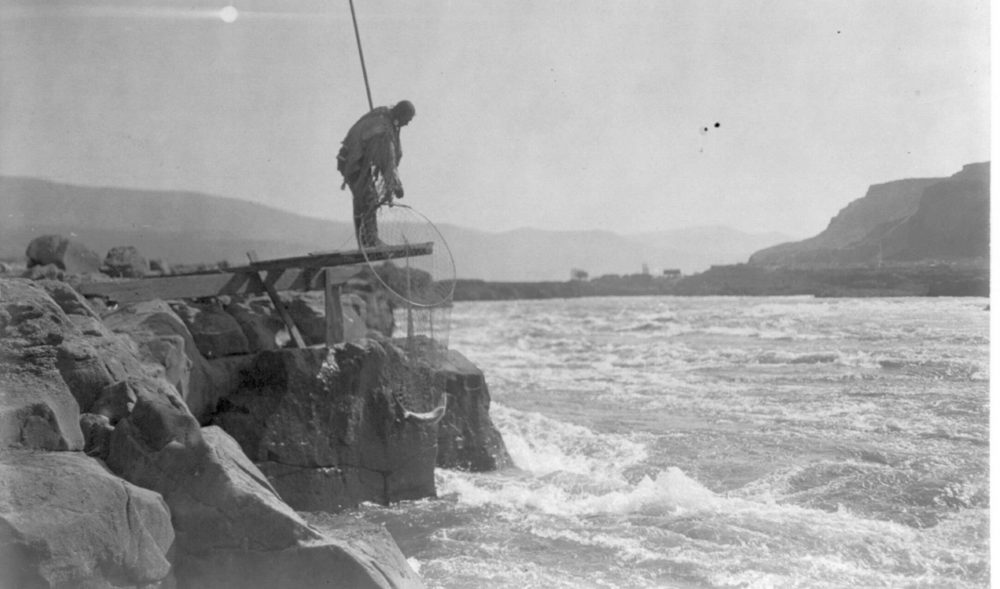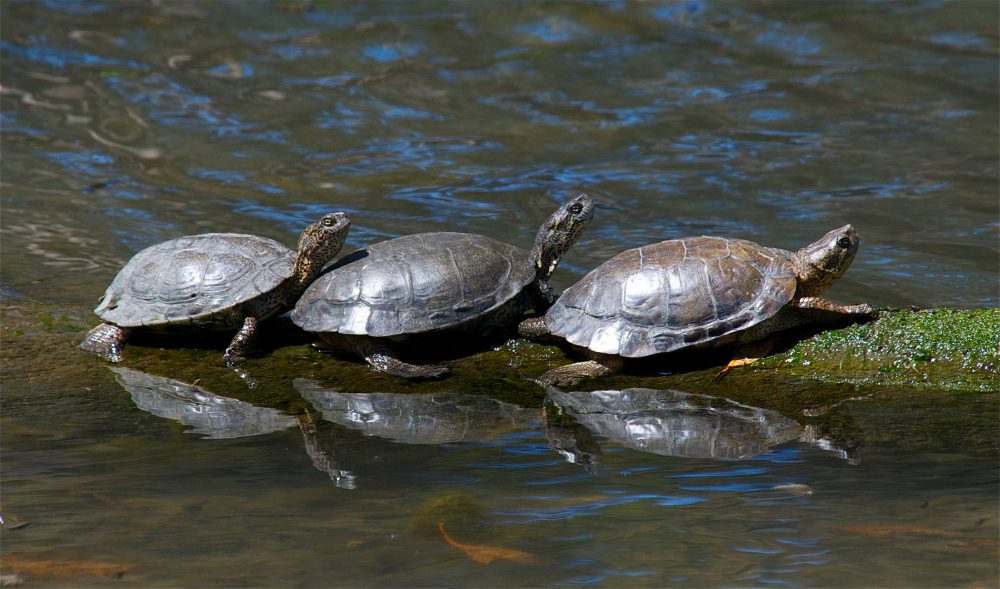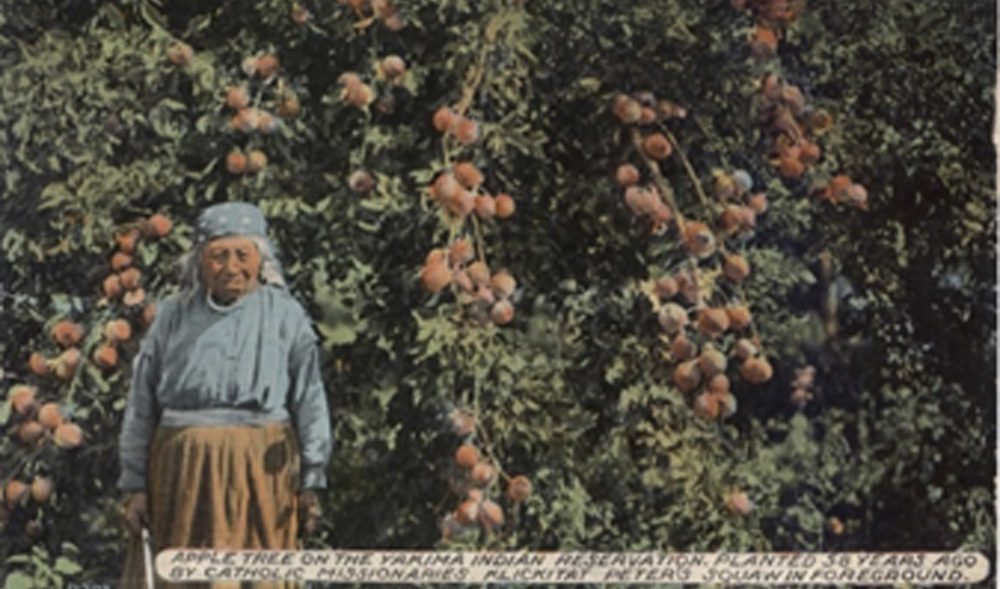Confluence Library
Although the eclipse of 1834 was not visible in the Northwest, an 1860 total solar eclipse started off Cape Disappointment. Research for a subsequent total solar eclipse in 1869 fueled U.S. interests in Alaska.
Yakama time balls were woven twine that detailed major events of a woman’s life- sometimes including eclipses. Several major eclipses were visible in the Northwest from 1503-1806 including one eclipse obscured by clouds.
A prairie plant dug up by women and children, the Camas bulb was an important part of Columbia basin diets. Grazing animals on camas lands by settlers led to skirmishes between the Army and the Bannock tribes.
American Buffalo, or bison, was a staple of many Native diets, but had disappeared by the 1820s from most places west of the Clark Fork. Modern revival efforts by the Yakama nation have brought bison back.
The Greater Sage-Grouse is a bird whose mating call and dance have become an icon of the West. However, they are endangered and face extinction. The Yakama Nation is trying to reintroduce the sage-grouse to native lands.
Etched into the wooden slats of the Confluence blind are the names of the birds noted by Lewis and Clark during their journey. These species captivated people such as John Kirk Townsend, thirty years after Lewis and Clark canoed down the Columbia River.
Native methods for catching fish along the Columbia River used spears, baskets, and weirs. White newcomers saw these as inefficient and began using mechanical processes such as fish wheels to increase canneries’ catches.
As the Northwest was increasingly colonized, resource extraction and utilization became the region’s economic backbone. Hydroelectric power, lumber mills, and agriculture thrived while damaging Native ways of life.
The Chinookan and Klickitat words for the area now near the Confluence Land Bridge mean “land of the mud turtles.” Both the Western Pond (Mud) Turtle and the Burrowing Owl have disappeared from their native habitats.
The cultivation of apples and other orchard fruit at Fort Vancouver was highly successful, expanding to a third site at Fort Simcoe. The Nez Perce and Yakama quickly took to the crop, finding it productive and valuable.

